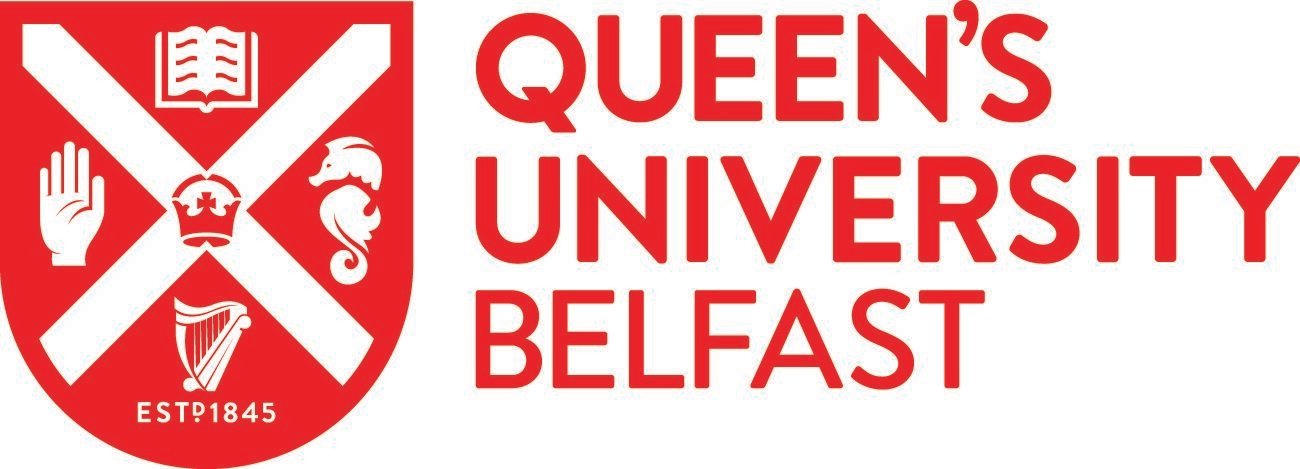
Background and Context
Research Question
How do households cope with economic shocks and is there a predictable "pecking order" of financial responses?
Data Source
UK Understanding Society COVID-19 Study tracking 6,815 households from April 2020 to September 2021.
Theoretical Framework
Adapts corporate finance "pecking order" theory to household financial decision-making using stochastic control models.
Households Follow a Predictable Pecking Order When Facing Financial Shocks
- Most households follow a predictable sequence when earnings fall during economic crises.
- First step: 65% of households reduce their spending as initial response to shock.
- Second step: 59% then draw down savings when spending cuts are insufficient.
- Third step: 21% turn to family and friends for financial assistance after other options.
Deviations from Typical Order Occur Because Coping Methods Are Unavailable
- Not all households can follow the typical sequence due to practical constraints.
- 35% cannot reduce spending because their expenditure is already at subsistence levels.
- 41% cannot use savings because they have no savings or investments to draw upon.
- 79% cannot rely on family help due to lack of supportive family relationships.
Spending Reduction Most Common Response But Usage Varies Significantly
- Reducing spending is overwhelmingly the most common coping strategy at 91.1% usage rate.
- Using savings follows at 47.6%, confirming it as second most popular financial response.
- Family and friends assistance used by 12.4%, more than formal credit from banks.
- Other strategies like increased work or welfare benefits used by less than 7%.
Sequential Choices Show Clear Progression Through Financial Options
- First choice dominated by spending reduction (65%) with savings use secondary (20%).
- Second choice shifts to savings drawdown (59%) for those who initially reduced spending.
- Third choice shows family and friends becoming more prominent option (21%).
- Pattern demonstrates households exhaust cheaper options before moving to costlier alternatives.
Family Support Networks Drive Informal Borrowing More Than Financial Constraints
- Strong family support significantly increases likelihood of receiving financial help from relatives.
- Friend support shows negative coefficient, indicating informal borrowing primarily occurs within families.
- Lack of savings or income from investments reduces probability of family borrowing.
- Results suggest family assistance is not "last resort" but depends on social capital.
Contribution and Implications
- First comprehensive empirical evidence of household financial pecking order during major economic crisis.
- Challenges conventional wisdom that family borrowing is always a "last resort" financial option.
- Demonstrates that financial fragility often prevents households from following optimal coping sequences.
- Provides framework for designing better crisis support policies targeting actual household behavior patterns.
- Shows importance of social networks in financial resilience, with policy implications for inequality.
Data Sources
- Coping methods usage chart based on descriptive statistics from Table 1 of article.
- Sequential choices visualization derived from percentages shown in Figure 2 flow diagram.
- Factors affecting family borrowing chart uses probit coefficients from Table 2 regression results.
- Conceptual visualizations synthesize findings from theoretical framework and empirical analysis sections.





